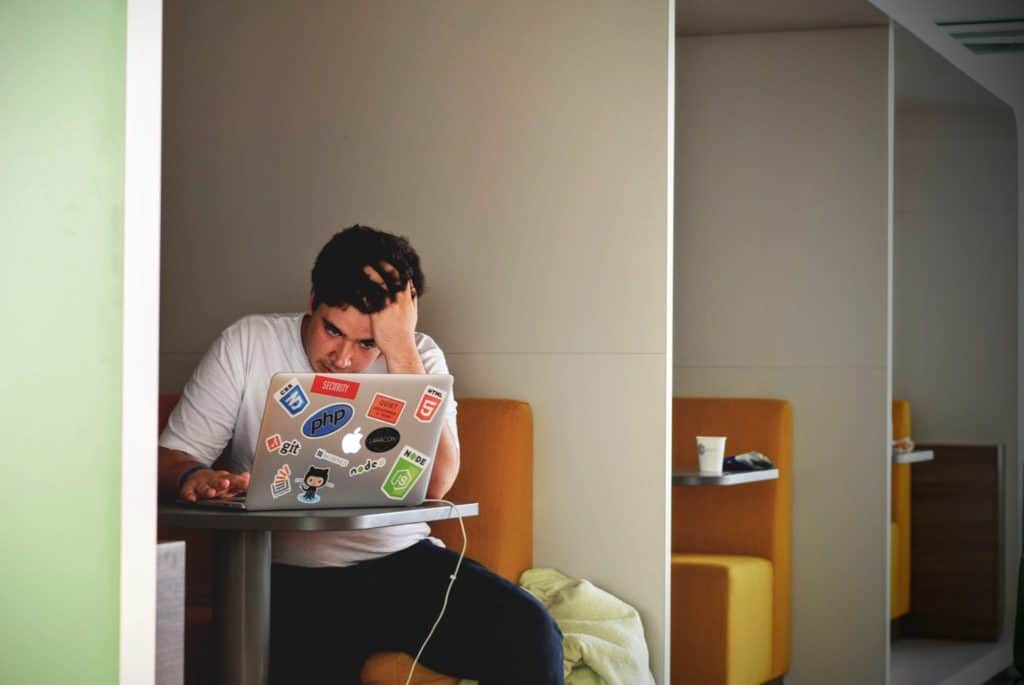Most people in recent history have spent their working lives in small, closed-off spaces. And it was these small, closed spaces that lead architects like Frank Lloyd Wright to come up with such masterpieces of workplaces as the Johnson Wax Headquarters.
The Johnson Wax offices were abundant with space, natural light, and ingenious design. They were a clear improvement on the boxes of old, which, as Lloyd Wright believed, were “a fascist symbol…” He also believed that, “the architecture of freedom and democracy needed something besides the box”.
And so the open-plan office movement was born. Open-plan offices seem like a hip, 21st-century response to the unproductive and dehumanising cubicle farms of the industrial revolution. But they actually predate them, with the first popping up around since as early as the 1750s. The problem was, however, to make them work well wasn’t easy or cheap.
This was clearly demonstrated when, in the race to capitalise on the buzz around Lloyd Wright’s genius, many copy-cat offices popped up, all attempting to create the same open, wallless space he did, but without the time and attention to details that made it work so well.
The result is the open-plan offices of today are not the vision of the healthy, interactive, creative, and flexible spaces that the likes of Lloyd Wright and Herman Miller envisioned, but rather nothing more than cubicle farms with more people and less privacy.
So the cycle continues. In the past few years, we’ve seen several companies iterate on the open-plan space in the attempt to salvage and transform it into the productive and innovative hope it once was. In particular, we’ve seen the cubicle — box, pod, phone booth, micro-office, etc. — begin to make a strong come back.
These modern cubicles are markedly different from the partitioned areas that inspired so many comics and movies. They are temporary spaces shared among a group of people. As CEO of one of the box companies puts it, they are “not meant to replace one’s primary workspace. It’s an office feature to provide privacy and focus when needed.”
The purpose of these booths is everything from Skype calls and in-person meetings to powering through last touches on a project and even meditation. The soundproof phone booth company Room has recently partnered with the meditation app Calm with the aim of bringing relaxation and mindfulness into the workplace.
At a little over $4000 and just over a metre squared, you can get a taste of calm even in the middle of even the nosiest and stuffiest open-plan office. Forget windows and fresh air, their discreet fans and ventilation will cool you down and give you the impression of a fresh breeze. No need to venture outdoors to a park or make the commute to the countryside, their scenic forest prints will transport you there in an instant.
As long as you remember to book your place the day before using the app, and don’t stay longer than your allotted time.
Any new innovation in the office can seem an improvement when the conditions it’s brought into are far from ideal. Whether this one can help save or salvage the open-plan office, or merely prolong its inevitable demise, remains to be seen.
Joe Hunt is a freelance writer from the North of England. Find him on Medium exploring remote working, technology, meditation, and more.

